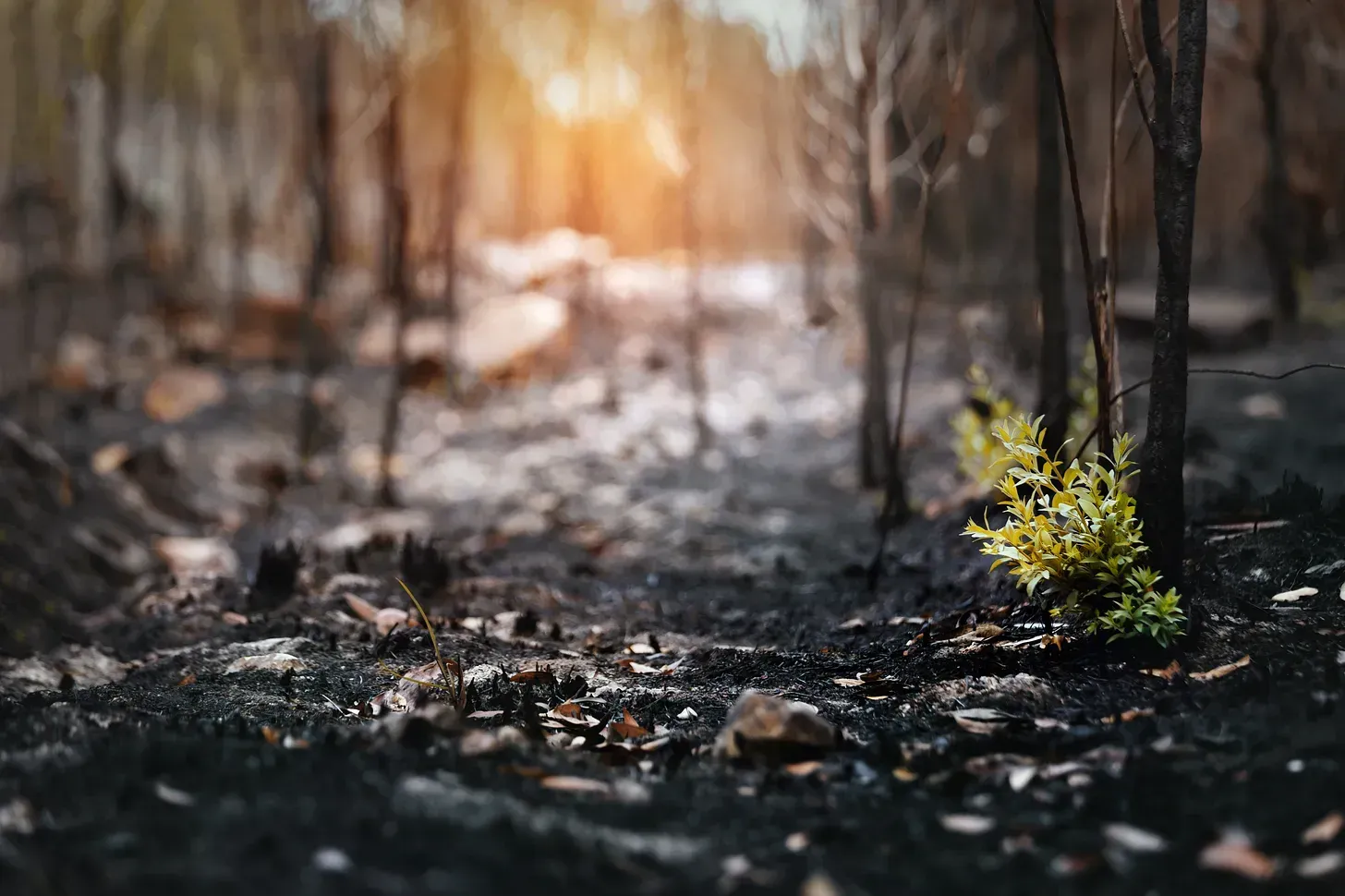Social Justice & Equality

For as long as humans have been talking to each other, stories and myths have been important ways for us to understand and explain the world around us. Why would that be? Joseph Campbell, best known for his work in comparative mythology and religion, believed that all humanity is united psychically, and that behind the phenomenal world is an eternal source animating every human experience. He posited that the only way to speak of that great invisible force is through the metaphors found in myths. Indeed, he felt that all myths could in actuality be reduced to one overarching story – what he calls The Hero’s Journey: a tale of a man or woman who, through great suffering, achieves an experience of the eternal source and returns with knowledge and gifts that can free others. Campbell divided the stages of the Hero’s Journey into several parts: Call to Adventure, Receiving Supernatural Aid, Meeting with the Goddess/Atonement with the Father, and Return. Some myths focus only on a part of the journey, and they all vary with the social structures and environmental challenges in different cultures. In nearly all cases, though, they are used as metaphors for spiritual truths that cannot easily be put into words.





